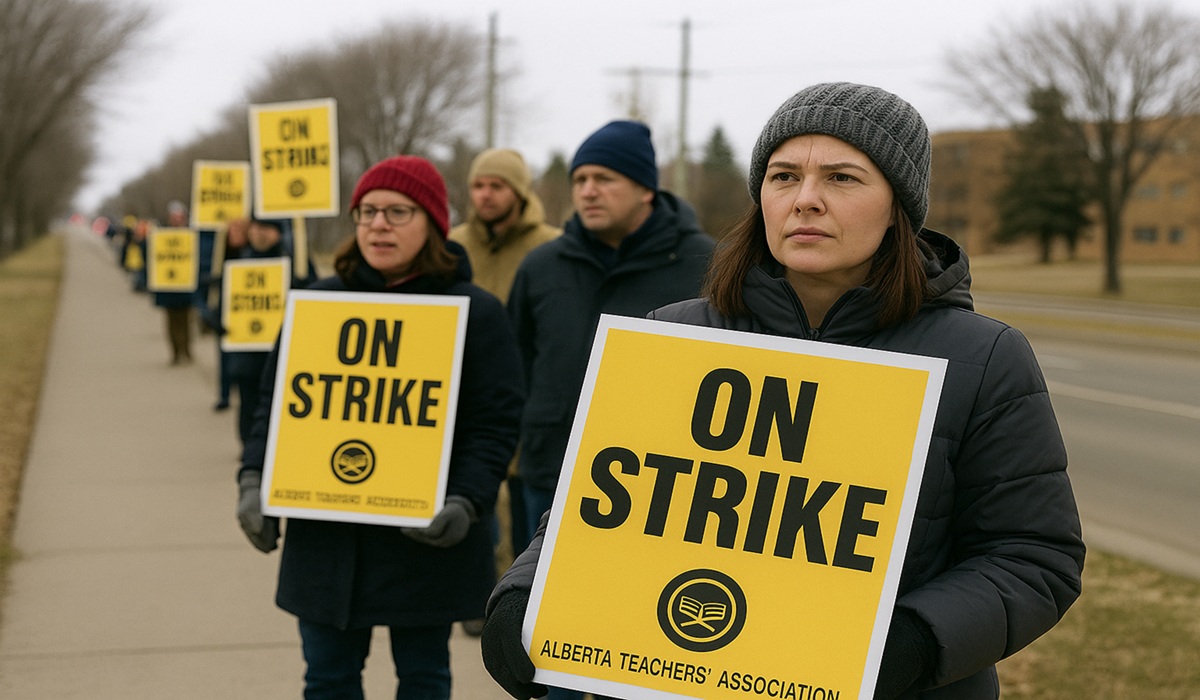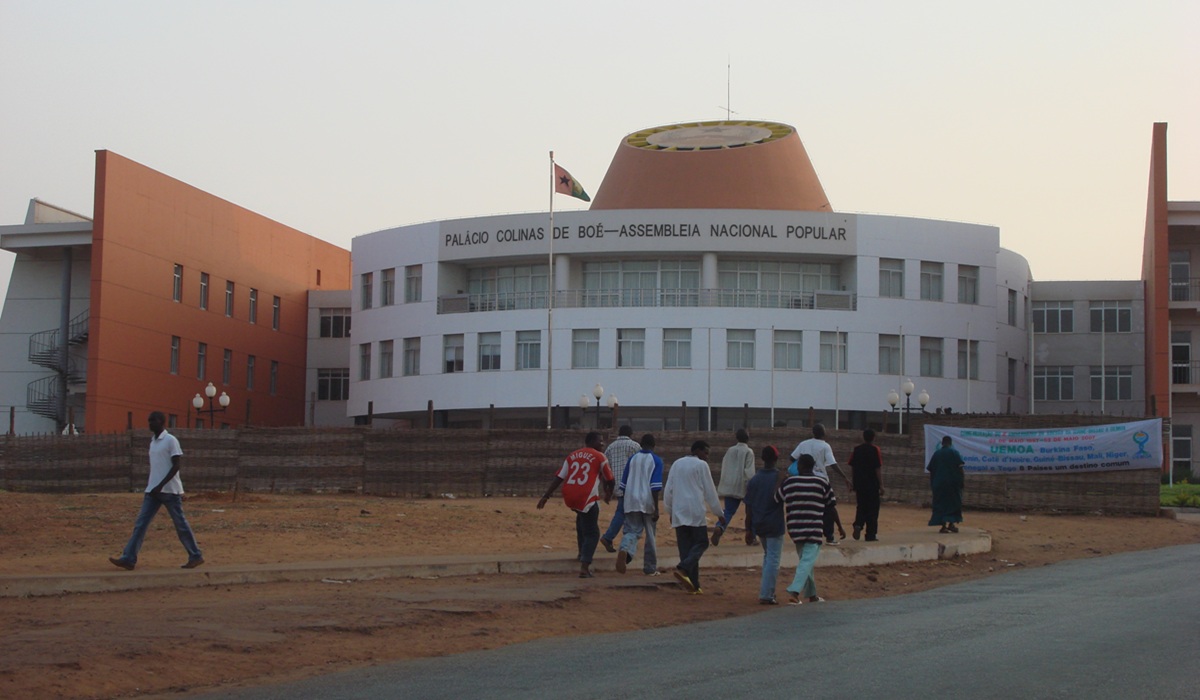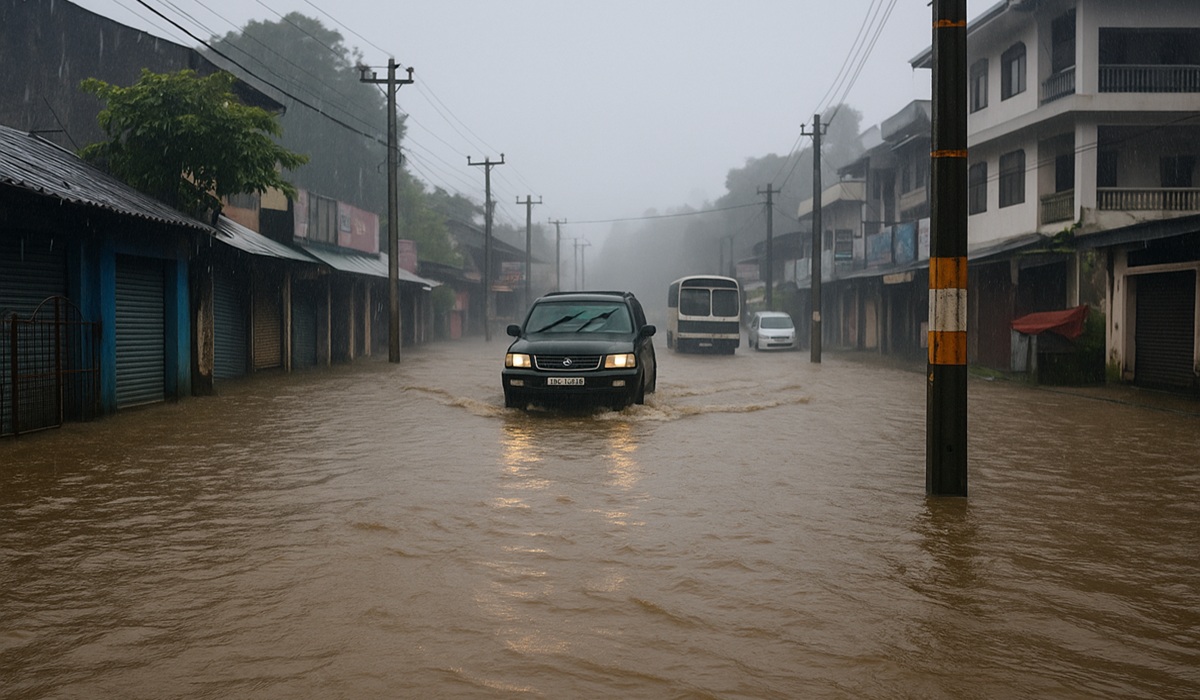Alberta’s Teacher Strike Deepens as Premier Smith Threatens Legislation
- Xuemei Pal
- Breaking News
- October 20, 2025

Credit Digital Images
The tension in Alberta has thickened into crisis. As the province’s teacher strike drags into its third week, more than 700,000 students remain at home, and the divide between the Alberta Teachers’ Association (ATA) and Premier Danielle Smith’s government has become deeply entrenched. What began as a labour dispute has evolved into a moral and political confrontation over the future of public education itself.
Teachers argue that Alberta’s classrooms are collapsing under the weight of chronic underfunding. They describe an exhausting cycle: class sizes exceeding thirty students, shrinking mental-health resources, and stagnant wages that fail to reflect inflation. Many insist this strike is not primarily about salary—it’s about respect, recognition, and a workable environment for teachers and students alike. For years, the ATA has warned that morale is eroding, but their appeals were dismissed as exaggeration. Now, the silence of empty classrooms has made their point for them.
Premier Smith has drawn a hard line. Her administration maintains that the province’s budget cannot bend further, accusing the ATA of political opportunism and disruption. This week, Smith announced that if teachers do not return to work by next Friday, her government will introduce back-to-school legislation—forcing educators back into classrooms under threat of fines while an arbitrator reviews contract details. To many Albertans, that proposal sounds more like coercion than compromise.
The backlash was immediate. Teachers called the move undemocratic and unconstitutional, likening it to an attack on collective bargaining rights. Legal experts agree that the government’s intervention could trigger a constitutional challenge. Yet Smith appears undeterred, portraying herself as defending students and parents from union extremism. It’s a high-stakes gamble that may strengthen her support among conservatives but risks alienating moderates who value negotiation over confrontation.
In Alberta’s towns and cities, the debate has divided households. Parents sympathize with teachers’ plight but worry about lost school time. Others see Smith’s approach as reckless brinkmanship. What’s certain is that trust between educators and the government is deteriorating fast. If back-to-school legislation passes, it could mark a turning point not only in labor relations but in the very definition of education policy in Alberta.
For teachers, this strike has become existential—a stand for the dignity of their profession. For Smith, it’s a test of leadership. The outcome will shape how Alberta’s citizens perceive authority, fairness, and the boundaries of power in a democracy that prides itself on both freedom and order.








